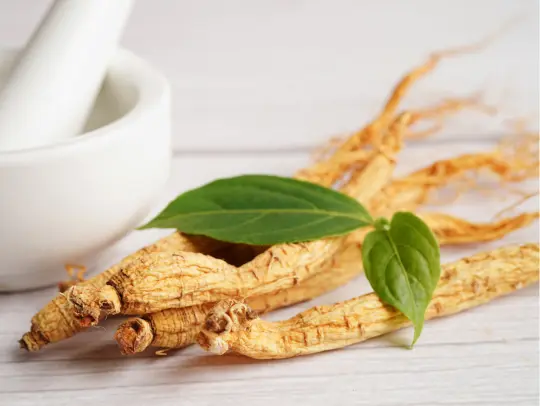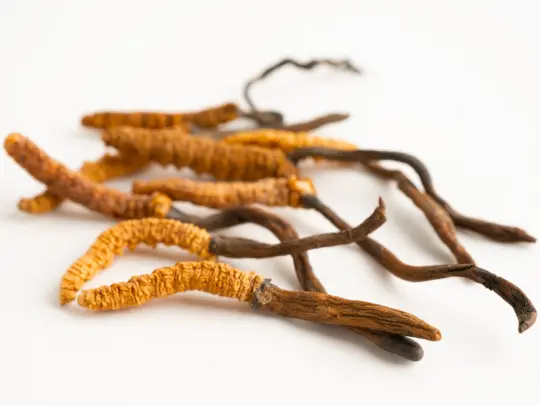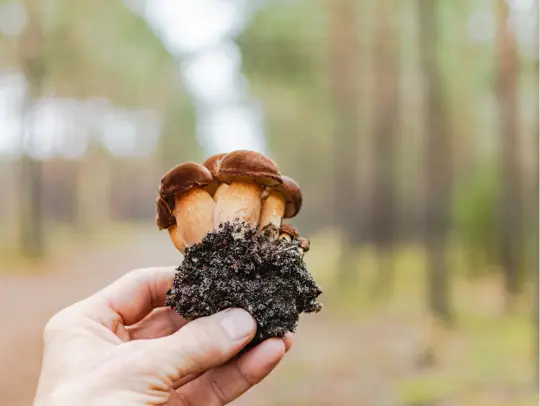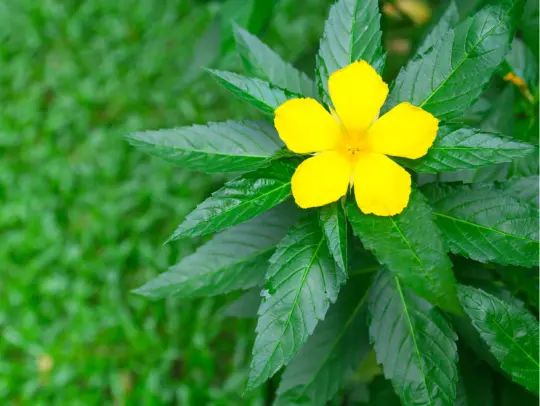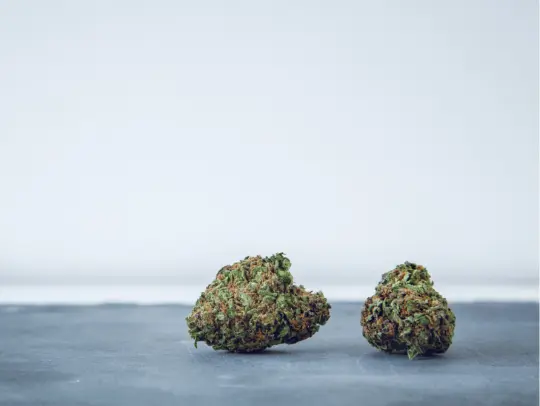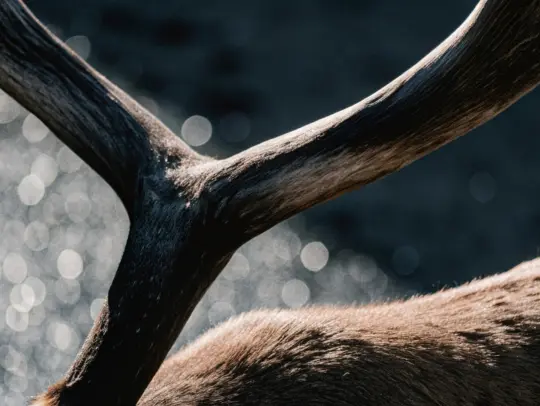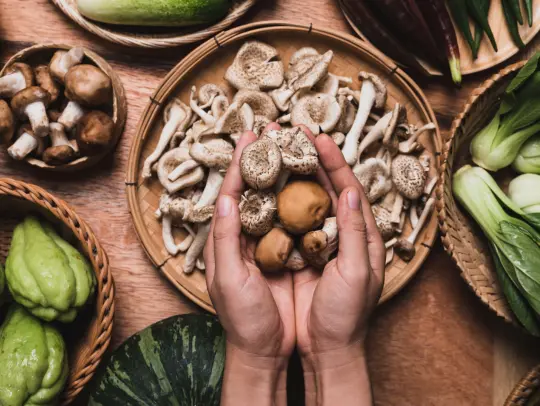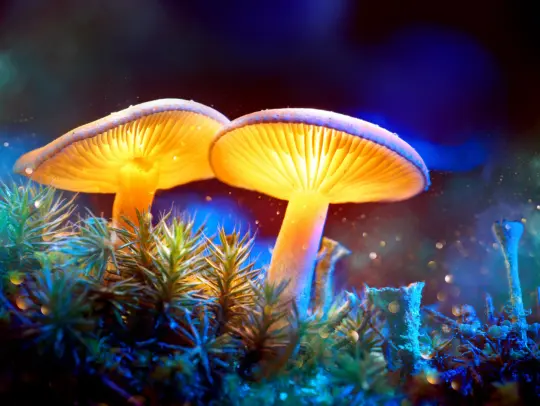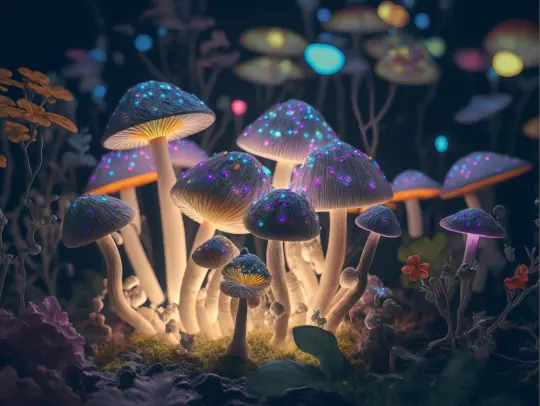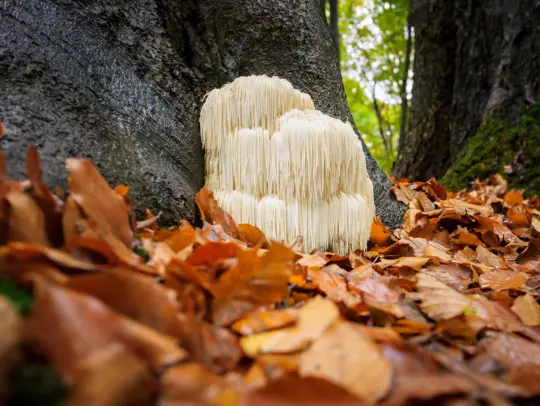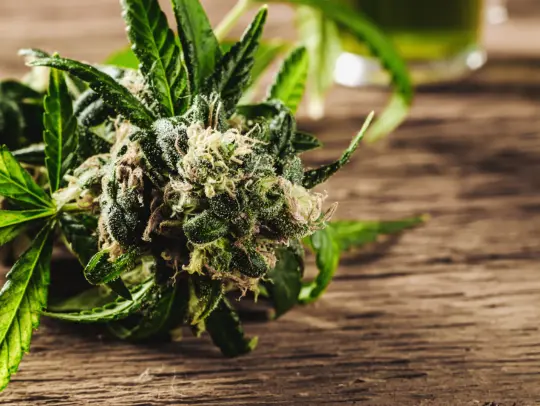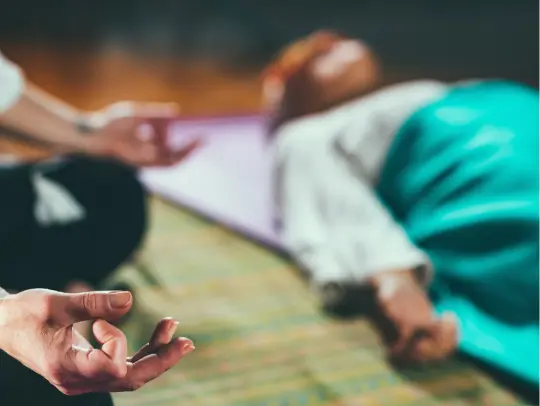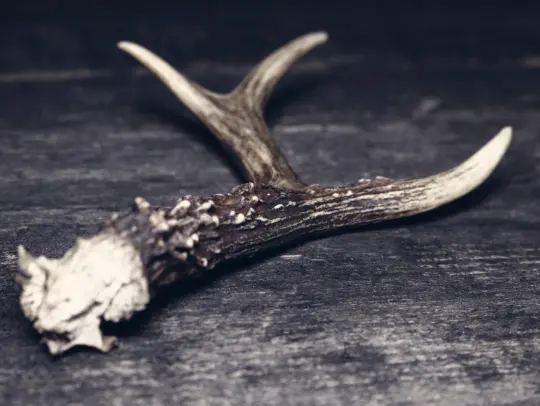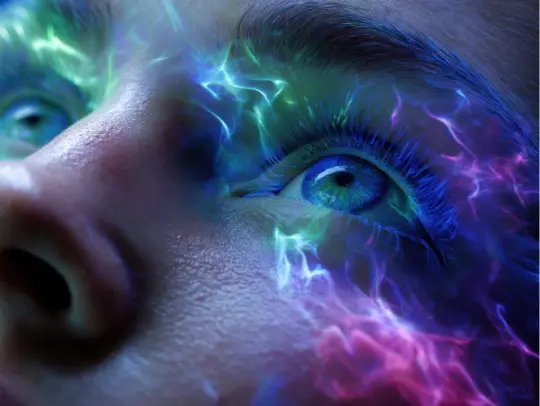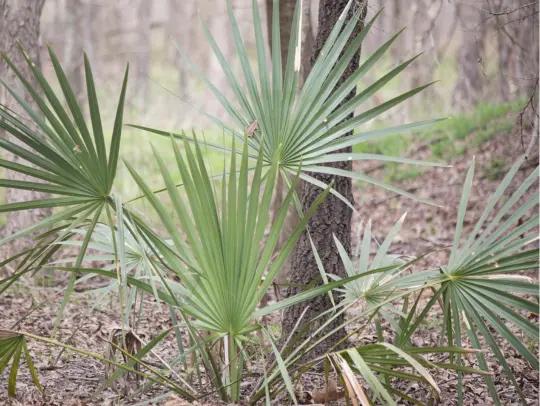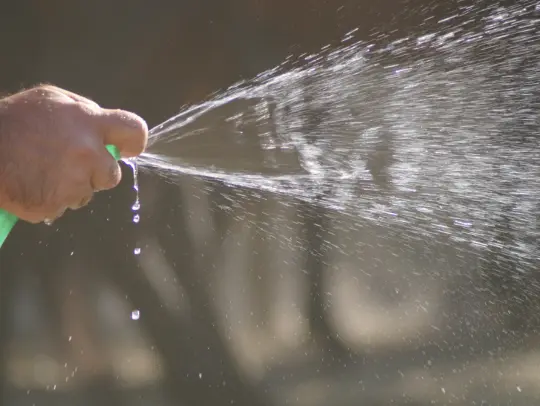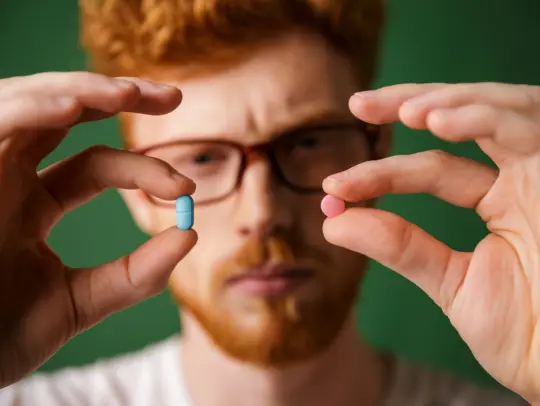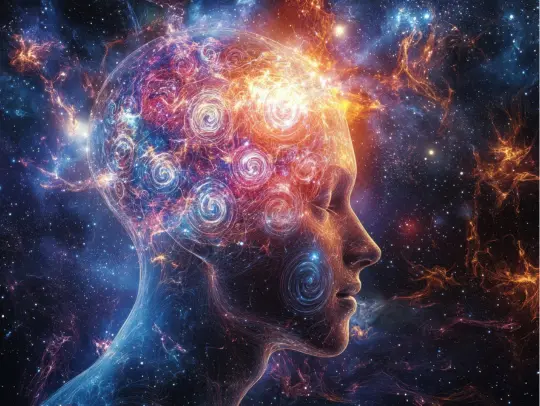
Shamanism And Psychedelic Healing - Ancient Wisdom for Modern Trauma
Shamanism & Psychedelic Healing: Ancient Wisdom for Modern Trauma
Shamanism is an ancient practice rooted in sacred rituals, spiritual connection, and deep healing. While it may conjure images of distant tribal traditions, its core principles remain remarkably relevant in today’s world of psychedelic therapy, trauma integration, and holistic wellness.
Let’s explore what Shamanism is, why it continues to resonate through the ages, and how its teachings align with modern therapeutic approaches.
What Is Shamanism?
At its core, Shamanism refers to a set of ancient techniques and spiritual practices used to enter altered states of consciousness—mystical, ecstatic states that transcend the everyday mind.
Shamanism offers a holistic approach to healing, one that doesn’t just address physical symptoms but also emotional wounds and spiritual disconnection. Through ceremonies, rituals, and shamanic journeys, practitioners seek connection with the spiritual world to access insight, guidance, and healing energy.
Why Are People Drawn to Shamanism?
One of the most compelling aspects of Shamanism is the sense of connection it offers—connection to nature, to ancestors, to spirit, and ultimately, to ourselves.
In a world that often feels isolated, digital, and fast-paced, Shamanism provides a sacred framework to slow down and reconnect with the rhythms of the Earth and the inner self. It fosters a deeper understanding of our place in the cosmos and brings a sense of meaning and mystery back into daily life.
But Shamanism isn’t just a solo path—it’s also deeply communal. Many traditional practices emphasize collective healing through group rituals, circles, and ceremonies. These shared experiences create emotional support, belonging, and solidarity—powerful tools for those seeking healing not only from trauma but from the ache of loneliness itself.
The Bridge Between Ancient Ritual and Modern Therapy
In recent years, there’s been a rising interest in psychedelic therapy—using substances like psilocybin, MDMA, and ayahuasca to address depression, anxiety, PTSD, and other conditions. While these therapies are often presented through a clinical lens, their roots are unmistakably shamanic.
Both Shamanism and psychedelic-assisted therapy seek healing through altered states of consciousness. Whether accessed through drumming, dance, plant medicine, breathwork, or psychedelics, these states allow individuals to access deep emotional insights, suppressed memories, and transformational breakthroughs.
Altered States: Gateways to Inner Healing
Altered states can be powerful tools for self-exploration. In these states, the usual defenses of the ego are softened, and individuals can confront buried pain, unprocessed trauma, and limiting beliefs from a new perspective.
But these journeys must be handled with care. Whether guided by a shaman or a trained therapist, the container matters. Safe, intentional space is essential for navigating these vulnerable inner landscapes.
Importantly, both traditional and modern methods emphasize that the work doesn’t end when the journey does.
Integration: Making the Magic Last
One of the most vital parts of any transformational experience—whether it’s a shamanic ceremony or a psychedelic therapy session—is integration. This means taking the insights received during the altered state and applying them to daily life.
Practices like journaling, meditation, mindfulness, and conscious reflection help anchor healing into your relationships, routines, and sense of self. Without integration, profound experiences risk fading into memory. With it, they become lasting catalysts for change.
The Role of Sexual Energy in the Shamanic Path
Though often overlooked, sexual energy plays a significant role in Shamanic healing. Sexual trauma, repression, and disconnection from the body are common wounds in modern culture.
Many Shamanic traditions honor sexual energy as a sacred force—not just for pleasure or procreation, but for healing, creativity, and spiritual awakening.
Rituals and plant medicines can help individuals reclaim this energy, release shame, and restore intimacy with themselves and their partners.
Supporting Your Path with Ritual Tools & Medicines
As more people seek to combine ancient wisdom with modern healing, supportive tools and medicines are becoming more accessible. Whether you’re exploring sacred sexuality, trauma integration, or mind-body healing, having the right resources can enhance your experience.
That’s why I encourage you to check out our sponsor, eDrugstore.com—a trusted source for ritual tools, natural medicines, and sexual wellness products that can support your journey.
Their offerings range from hormone-balancing supplements to intimacy-enhancing formulas, all designed to align with your body’s natural rhythms and healing potential.
Final Thoughts: Many Paths, One Purpose
Whether guided by a tribal shaman or a clinical therapist, the intention is the same—to heal, grow, and thrive. Shamanism and modern therapies may look different on the surface, but they share a common understanding: we are more than our wounds, and true healing is possible.
So whether you're called to the drum, the breath, the ceremony, or the clinic, know this—your path to healing is valid. The medicine is within you. The guidance is all around you.


